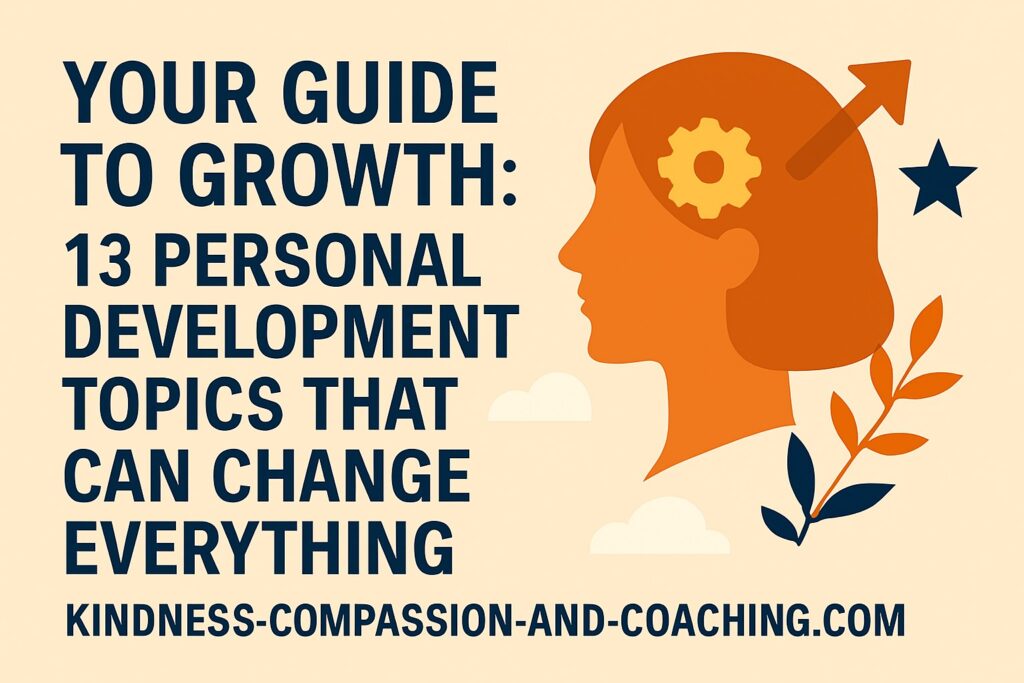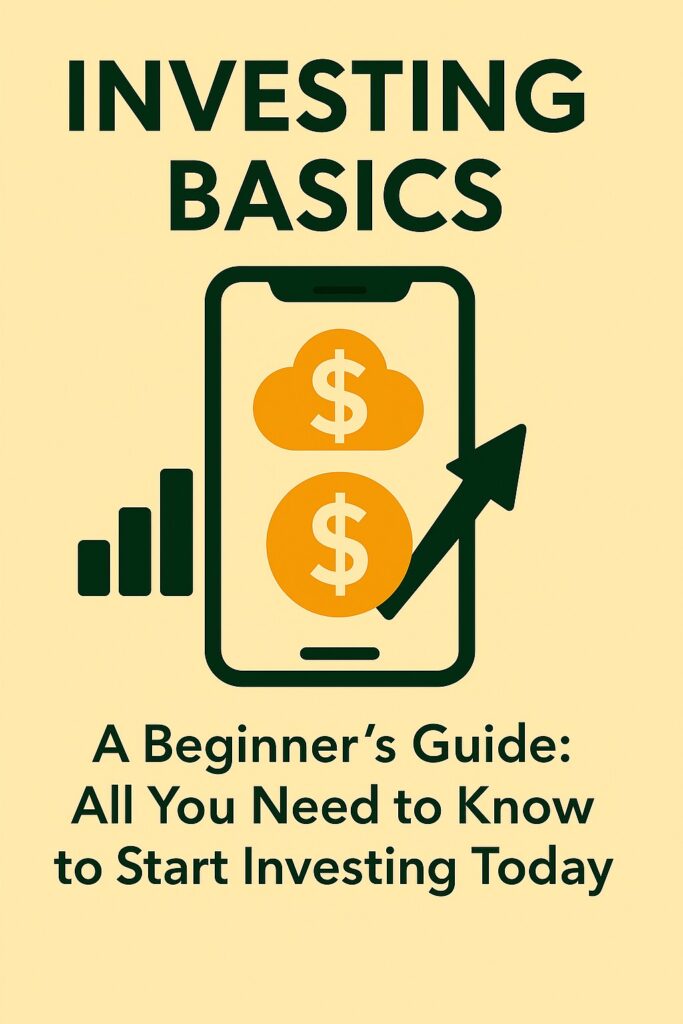How to Create a Real-Life Budget: Change Your Life Now
Just two years ago, Claire was locked in a nonstop loop of paycheck-to-paycheck panic – overdraft alerts buzzing her phone and her mind racing over every ding of a credit-card charge. Now she slips into bed before 10 p.m., her six-month emergency fund humming in the background and a fully paid-off student loan behind her. The secret? A real-life budget built around her habits, goals, and realities. In this post, the first in our basic finance “budget-to-wealth” series, you’ll learn the exact steps she took to swap financial fear and near disaster for peaceful nights – and how you can do the same.
Why You Need to Create a Real-Life Budget
Managing finances and building wealth are cornerstones of personal growth.
They enable both financial stability and future security.
When equipped with essential knowledge and strategies, you can make more informed financial decisions, achieve your goals, and pave the way for a prosperous future.
The first step to creating a financial strategy is to plan for your everyday expenses, so let’s get started.
How to Build a Real-Life Budget
A real-life budget isn’t about strict rules – it’s a tool for building financial freedom by mapping out where your money needs to go while leaving room for life’s curveballs, from surprise car repairs to those occasional treats that keep you motivated.
By setting clear spending categories and a modest buffer for emergencies, you protect yourself from slipping back into “no cushion” stress, yet you still have the flexibility to handle the unexpected.
For anyone breaking free from living paycheck to paycheck, this adaptable framework offers clarity without judgment: it shows you how much you truly have, helps you prioritize what matters, and turns every small win – like covering an unplanned expense without worry – into proof you’re moving toward lasting stability.
How to Create Your Own Real Life-Budget Step-by-Step
We’re going to walk through a practical, five-step roadmap to build a real-life budget – one that you can stick with. And one that will help you leave living-paycheck-to-paycheck stress behind, once and for all.
To learn how to build a monthly budget, you have to start with tracking your expenses and income.
1. Inventory Your Money
• Gather the past two months of pay stubs, bank and credit-card statements.
• List every dollar you bring in and every dollar that goes out—rent, groceries, utilities, everything.
Why it helps: Seeing the full picture transforms vague money stress into concrete numbers, so you know exactly where you stand.
2. Define Your Essentials vs. Extras
• Split spending into “must-haves” (housing, utilities, minimum debt, groceries) and “non-essentials” (streaming, dining out, impulse buys).
• Identify any seasonal or irregular costs (car maintenance, birthday gifts) and spread them across each month.
Why it helps: You protect the basics first, then consciously decide what “extras” you’ll keep or trim.

3. Build Your Cushion
• Carve out at least 1–5% of your income for an emergency buffer.
• If you’re overspending, look for realistic swaps: brew coffee at home twice a week, pause or downgrade a subscription service, shop one fewer grocery haul.
Why it helps: A small, protected buffer stops surprise expenses from derailing your whole plan—and those minor sacrifices add up to big peace of mind.
4. Assign Every Dollar
• Zero-based budgeting means every dollar has a job: “Essentials,” “Cushion,” “Savings,” or “Fun.”
• If your total outgo exceeds income, zero in on one or two non-essentials to cut until things balance.
Why it helps: There’s no mystery money “left over”- you own every cent, and there’s no room to accidentally overspend.
If there’s a BIG gap between your outgo and your income, it’s not going to work to just cut out a non-essential or two. You may have to reconsider those major line items like rent and car payments. If it’s necessary to get back to allow some money to be socked away for savings, you have to do what it takes. Living beyond your means is not sustainable.
This may mean moving to a less expensive apartment, taking in a roommate, getting a second part-time job, starting one of the many feasible side-hustles out there, or finding some other way to plug the gap.
Just keep in mind that a budget without an allowance for savings and a cushion is not an option – because stuff happens. So do whatever you must to start building your nest egg.
5. Review, Celebrate, and Iterate
• Check in weekly: Did you stick to your categories? Where did you surprise yourself (good or bad)?
• Reward small wins: covered your car repair from the cushion? Treat yourself to a low-cost fun activity.
• Tweak monthly: maybe your groceries need a bit more wiggle room, or you can bump savings by a percent.
Why it helps: A budget that never changes is a budget that never works. Regular check-ups keep you on track and motivated.
Sacrifices aren’t forever – they’re strategic trade-offs that free you from paycheck-to-paycheck stress.
Each dollar you reassign to your cushion or priority fund is a step toward real stability.
Bonus Resources You Didn’t Ask For (But You’ll Love):
- Create Mini-Savings Buckets: for periodic costs like holidays, car repairs, even “new shoes” money. If you feel like you can use more support in establishing a savings plan that will stick, you’ll find all the guidance you need in How to Stop Living Paycheck-to-Paycheck: A Proven Path to Money Mastery in only 15 Minutes a Week.
- Automate It: Have income directly deposited into your checking, savings, and “fun” accounts so you never forget to do it, and to save you time.
- Apps & Tools: Try zero-based apps like YNAB or get a fool-proof budget planner to help you to visualize and enforce your plan. Or just find an online budget calculator you like – for free.
- Community & Accountability: Join online groups (Reddit’s r/Personal Finance, Facebook budget-challenge forums) or pair up with a friend for monthly check-ins.
- Podcasts & Reads: Listen to The Budgetnista or read “You Need a Budget” by Jesse Mecham for ongoing inspiration. When you’re ready to build on your budget with a financial master plan, you’ll find everything you need in The Automatic Millionaire: A Powerful One-Step Plan to Live and Finish Rich.
Every tweak you make today builds the foundation for tomorrow’s financial freedom – one realistic step at a time.

How to Build a Real-Life Budget and Find Financial Security
You’ve got this – and you don’t need a “perfect” budget to begin. What matters most is simply starting.
Whether it’s using a notebook, a spreadsheet, or one of the powerful tools we’ve highlighted, taking control of your money starts with an honest look at where it’s going.
The books and resources in this post weren’t chosen lightly – they’re real game-changers that have helped thousands shift from barely scraping by to building financial freedom.
Don’t just read about budgeting. Equip yourself and take that first step toward a life with less stress, more clarity, and way more possibility.
With the right tools and knowledge, you can take charge of your financial well-being. Learn how to budget and lay the groundwork for a brighter financial future.
And never live paycheck-to-paycheck again!
Congratulations on taking the first step towards financial security.
The next post in the “budget-to-wealth” series is How to Pay Off Debt Now: 5 Foolproof Options.
Thank you as always for reading.
Affiliate Disclosure: Some links in this post are affiliate links. As an Amazon Associate, we earn from qualifying purchases. Thank you for supporting Kindness-Compassion-and-Coaching.com at no extra cost to you.

Joan Senio is the founder of Kindness-Compassion-and-Coaching.com. Joan’s career includes clinical healthcare plus 20+ years as an executive in a nationwide health care system and 15 years as a consultant. The common threads throughout Joan’s personal and professional life are a commitment to non-profit organizations, mental health, compassionate coaching, professional development and servant leadership. She is a certified Neuroscience Coach, member of the International Organization of Life Coaches, serves as a thought-leader for KuelLife.com and is also a regular contributor to PsychReg and Sixty and Me. You can read more about Joan here: Joan Senio.
















No Responses